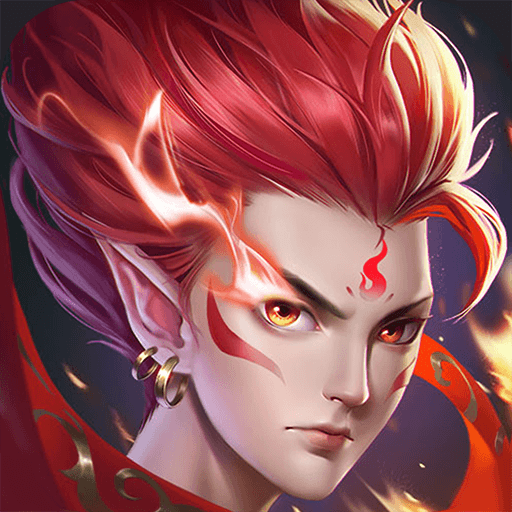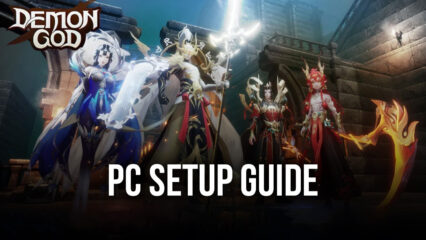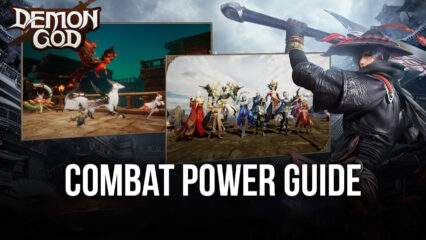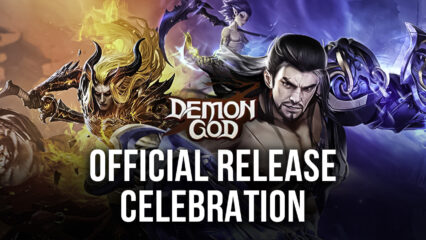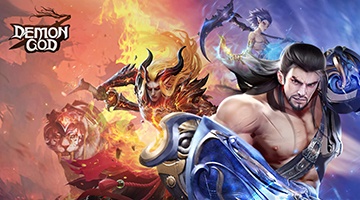BlueStacks' Beginners Guide to Playing Demon God
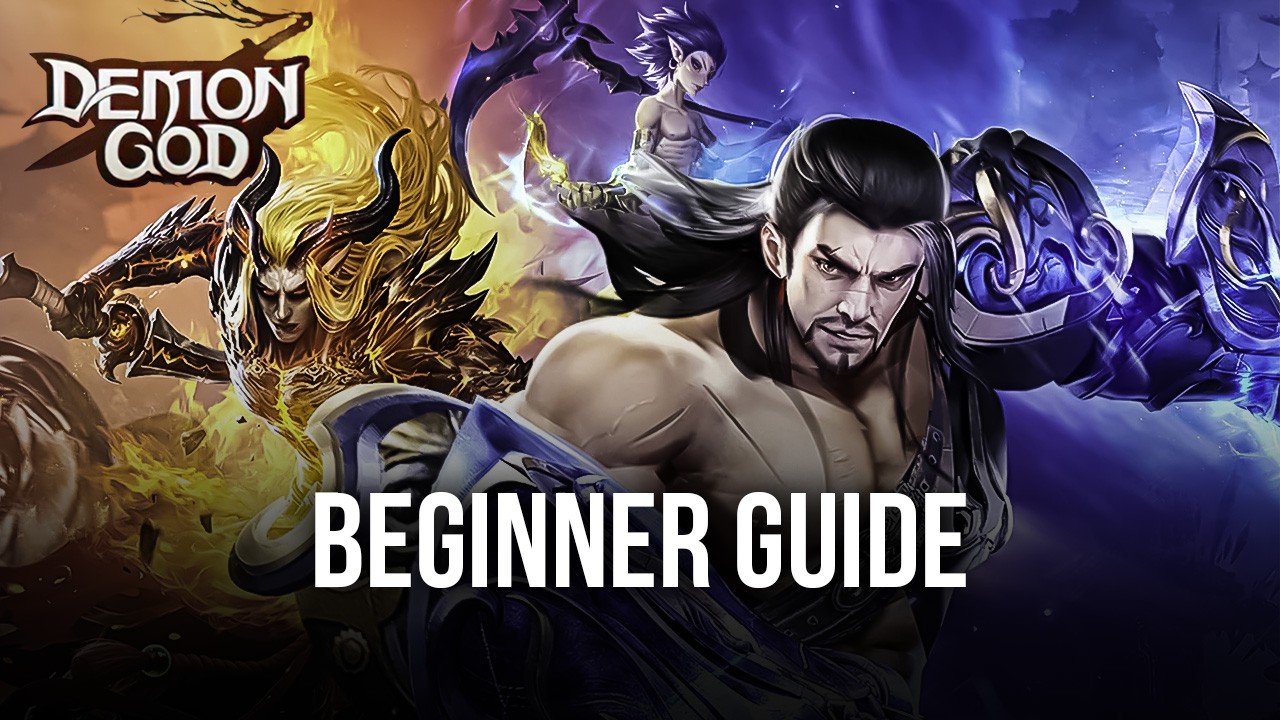
Demon God is an idle MMORPG with a ton of features that make up for its lack of action combat. These features are enjoyable and make the game diverse compared to other MMORPGs on the market. The problem with having too many additional features is that new players tend to be confused about what they do and which ones are necessary for the gameplay. This beginner’s guide aims to help introduce the necessary features so that they can get the best start to their journey.
Most MMORPGs have a uniform system and goals that the player needs to follow in order to become the best. For players that have experienced playing classic MMORPGs, the direction is pretty linear especially since there are a lot of traditional functions that are cut for the sake of making it friendlier for the mobile platform. Demon God is a pretty straightforward game once you understand the basics. Here are some of the things that you need to learn about in this game:
The Idle System
The Idle System is a popular feature in most mobile RPGs since it promotes progression despite the lack of playtime. This system allows players to gather rewards even if they are online based on how far they have progressed in the game when they were playing it. In this case, players will get more experience, items, and upgrade resources when they complete more dungeons in the game. Once the player logs in again, they’ll gain an amount equal to the time they spent before the last collection.
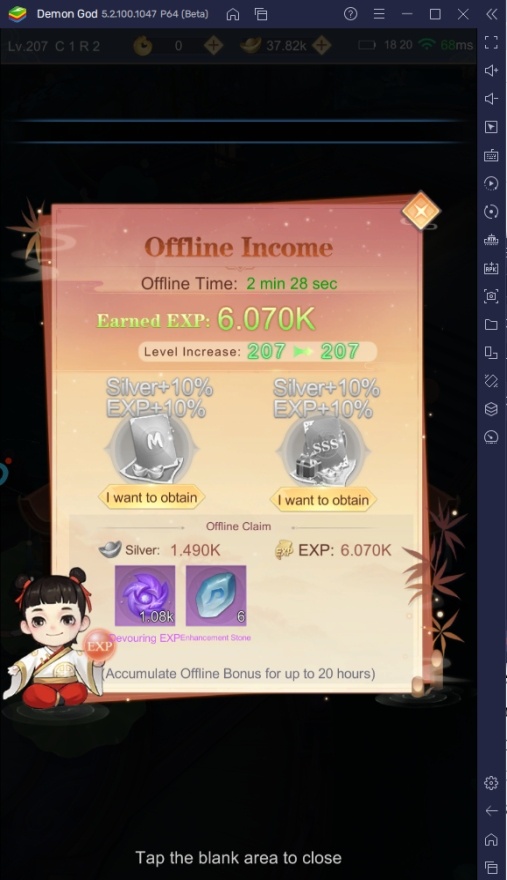
Aside from idle rewards, there is also idle gameplay. Idle Gameplay refers to your character doing a variety of automatic functions such as auto-progression and auto-battling. The game doesn’t leave much for the player to control since it does all the core functions for you. However, there are still some things that are left to be done manually for the player to do which we’ll be discussing in a bit. To maximize idle gameplay, players need to leave the game turned on on the active screen.
Gearing
Gearing is one of the core gameplay goals in every RPG. Gearing refers to the collection of equipment such as armor pieces, accessories, gems, and weapons for the character to use. The ultimate goal is to equip the strongest gear in the game so that they gain the maximum amount of combat power, which is the primary value in determining a character’s strength in the game. Since combat power is linked directly to stats, a character with a higher combat power will be more powerful in a fight.
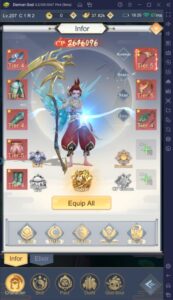
There are two different ways to gear in this game – looting and crafting. Looting gear is done by defeating bosses or collecting in the idle rewards system. As the player challenges more powerful bosses, the loot that those bosses will give to the player will also improve. Crafting is the ideal way to get better gear and it is done by fusing lower-quality gear together to create high-quality ones. The player can do this in the crafting tab and will also require collecting gear via looting.
Bosses & Challenges
The main hurdle in Demon God is the bosses and challenges. These come in the form of deities that test your worthiness of ascending towards godhood. The player will face hundreds of different bosses and enemies throughout their adventure and will have to defeat each and every one of them to reach the very top. Every time the enemy beats a boss, the next boss will receive better stats which make it increasingly difficult to defeat compared to the previous ones.
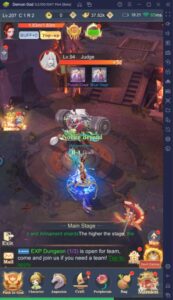
There are different kinds of bosses depending on the stage. Campaign bosses, world bosses, and event bosses. Campaign bosses are done solo and require the player’s raw power to defeat it. World bosses have shared bosses that need to be challenged by multiple players at once since they have increased health and damage, defeating them will award players with loot depending on their contribution. Event bosses are special bosses that can either be solo or shared depending on the event.
The Main Quest
The main quest is what the player will be following throughout their time playing the game. This includes a set of goals that act a little bit like a tutorial since it forces the player to complete important actions to proceed. The main quest is necessary to unlock different game modes and bosses so make sure to do it. Unlike a lot of other auto-play mobile MMORPGs, Demon God doesn’t have an auto-questing feature that allows you to do these automatically via auto-pathing so it must all be done manually.
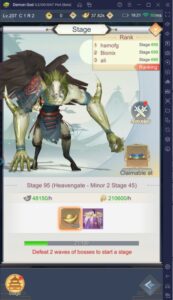
The main quest rewards players after completion with resources that are needed to upgrade the hero. Each quest has a prerequisite which is usually the value of combat power that the hero currently has. There will be a time that the player’s questing will be halted because they do not meet the requirements to continue in the quest, which is usually justified because it involves challenging a new boss that might be too difficult for the player if their combat power falls short.
The Hero
The hero is the highlight of the game since you will be guiding them on their journey towards enlightenment. To do so, you’ll have to help the hero become a better version of themselves through strength and wisdom. For the strength part, players can improve their heroes by leveling them up, equipping powerful gear, upgrading their skills, and so on. There’s no shortage of how the player can strengthen their hero but doing so will require a lot of resources that will be acquired through progression.
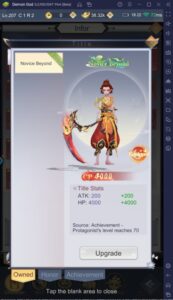
Just like in any other RPG, players have the option of choosing between various classes at the beginning of the game. The differences between these classes are pretty low and each can perform equally on matching levels. Ultimately, the strongest hero will be the one with the highest level, strongest gear, and most upgrades which are done with the help of the player. The strongest players are the ones that grinds the game intensely.

